How To Increase Hemoglobin Levels in Blood?
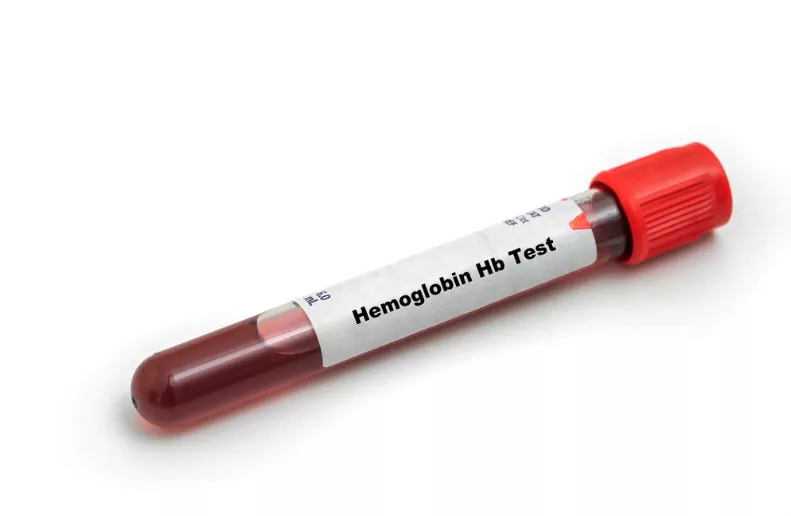
When it comes to maintaining good health, hemoglobin plays an indispensable role. It is the protein in our red blood cells responsible for carrying oxygen throughout the body. People with low hemoglobin levels often experience fatigue, shortness of breath, and a decreased ability to exercise. Thus, knowing how to increase hemoglobin levels is critical for maintaining optimum health. This comprehensive guide will provide you with all the information you need, focusing on foods to increase hemoglobin, hemoglobin-rich food, and fruits to increase hemoglobin.
1 The Importance of Hemoglobin in Blood
Before delving into how to increase hemoglobin levels, it’s essential to understand what hemoglobin is. It is a protein that gives blood its red colour and helps in transporting oxygen to various parts of the body. The normal range varies, but typically, it is around 13.5 to 17.5 grams per deciliter for men and 12.0 to 15.5 grams per decilitre for women. Low hemoglobin levels can lead to anaemia, which causes fatigue, shortness of breath, and more.
2 Dietary Changes for Increasing Hemoglobin
One of the most effective ways to increase hemoglobin is through your diet. Including hemoglobin-rich food and fruits to increase hemoglobin is essential.
Iron-rich Foods
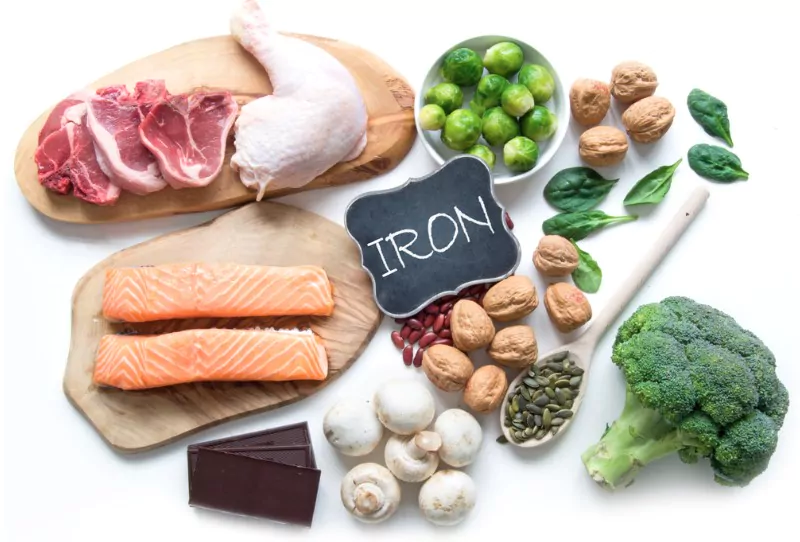
Iron is a vital component of hemoglobin. Eating foods rich in iron is one of the best ways how to increase hemoglobin levels. Some of the iron-rich foods include:
- Red Meat: Lamb, beef, and other red meats are a great source of iron.
- Beans and Lentils: Including kidney beans, chickpeas, and other legumes in your diet can boost your iron intake.
- Leafy Green Vegetables: Spinach, kale, and other leafy greens are excellent sources of iron.
- Nuts and Seeds: Almonds, sunflower seeds, and other nuts and seeds are good sources of iron.
Vitamin C
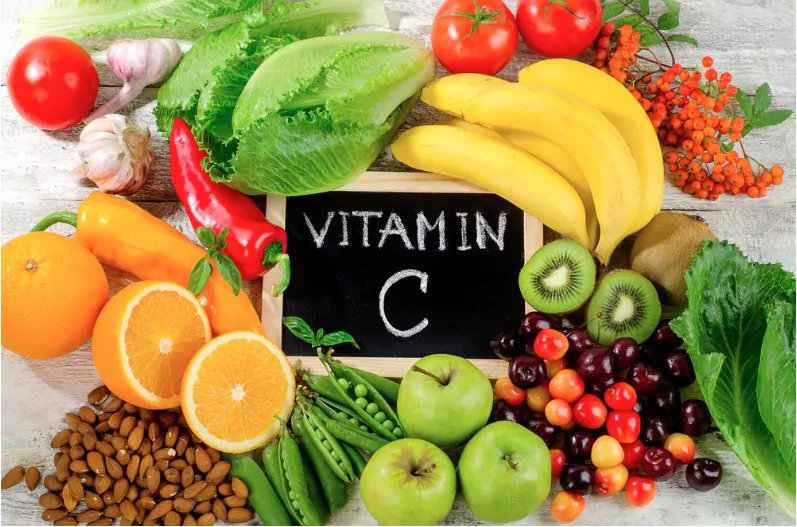
Vitamin C helps in the absorption of iron. Consuming vitamin C-rich foods along with iron-rich foods can help increase hemoglobin levels. Some examples include oranges, strawberries, and bell peppers.
Fruits to Increase Hemoglobin
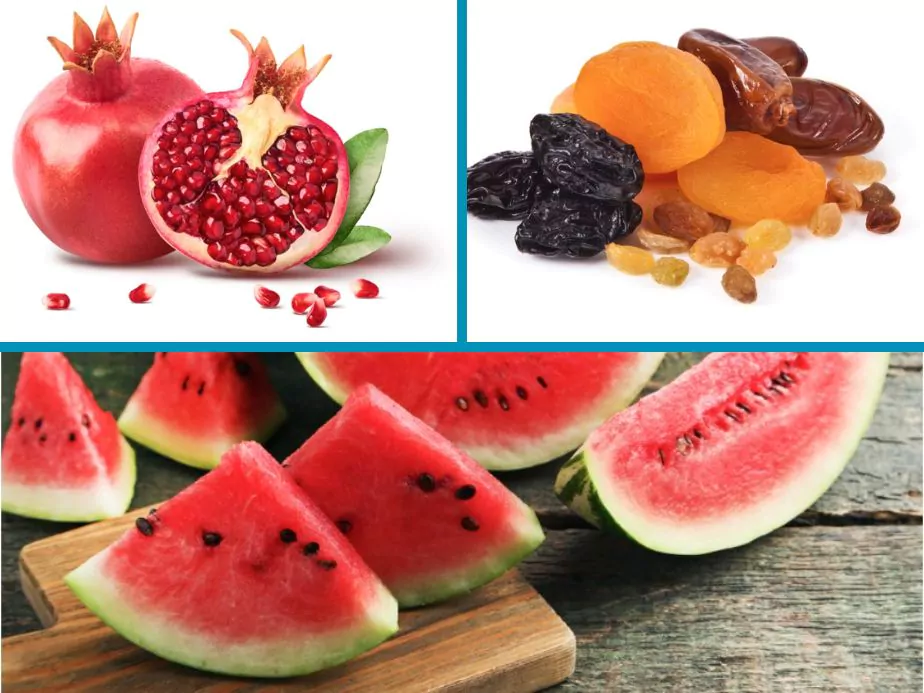
Fruits not only provide vitamin C but also have iron. Some of the fruits to increase hemoglobin include:
- Pomegranates: Rich in iron and other minerals, pomegranates are a hemoglobin-boosting superfood.
- Dried Fruits: Apricots, raisins, and dates are packed with iron.
- Watermelon: This hydrating fruit also provides a good amount of iron and vitamin C.
Copper and Folate
Include foods rich in copper, such as nuts and shellfish, as copper helps in the production of hemoglobin. Similarly, folate is important, and you can get it from foods like avocados and legumes.
3 Lifestyle Changes
Exercise
Regular physical activity has been shown to stimulate the production of red blood cells, which in turn can increase hemoglobin levels.
Avoiding Iron Blockers
Certain foods and drinks, such as coffee and tea, can inhibit iron absorption. Limiting the intake of these can help in increasing hemoglobin levels.
4 Supplements and Medication
In some cases, dietary changes may not be enough. Consult a doctor who may prescribe iron supplements or other medications to help increase hemoglobin levels.
5 Understanding the Underlying Causes
There are various reasons why hemoglobin levels may be low, such as:
- Chronic Diseases: Diseases like cancer or kidney issues can affect hemoglobin production.
- Genetic Factors: Conditions like thalassemia can lead to low hemoglobin levels.
Understanding and treating these underlying causes is essential in effectively managing and increasing hemoglobin levels.
Keeping Yourself Hydrated

Staying hydrated is essential for maintaining good health and ensuring that the blood volume is at an optimum level. Drinking enough water can positively affect the concentration of hemoglobin in the blood.
Eating a Balanced Diet
While focusing on iron-rich foods and fruits to increase hemoglobin is important, it is also crucial to maintain a balanced diet. Make sure to include a variety of foods to get all the nutrients that your body needs for producing hemoglobin efficiently.
Monitoring and Regular Check-ups
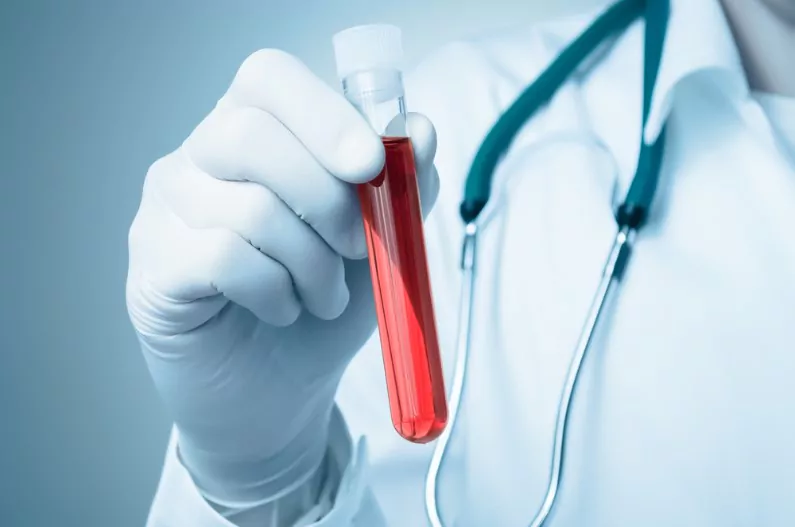
It’s essential to keep track of your hemoglobin levels through regular blood tests. This can help you understand how your efforts are paying off and whether you need to make additional changes to your diet or lifestyle.
Educating Yourself
Stay informed about the latest research and information regarding anaemia and hemoglobin. Education is key to understanding how to manage and improve your hemoglobin levels effectively.
Avoid Smoking and Limit Alcohol Consumption
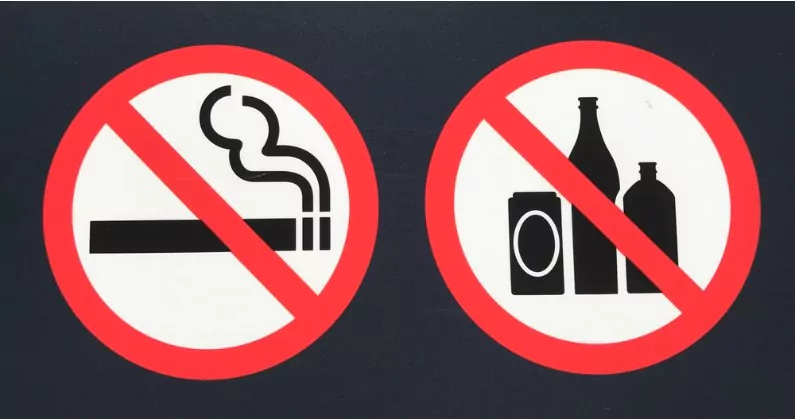
Smoking and excessive alcohol consumption can have a negative impact on your hemoglobin levels. It’s advisable to quit smoking and limit alcohol intake to ensure that your body is able to produce hemoglobin efficiently.
Managing Stress Levels
Stress and anxiety can have adverse effects on your overall health, including your hemoglobin levels. Engaging in stress-reducing activities such as yoga, meditation, or spending time in nature can be beneficial.
6 Practical Tips
- Try incorporating at least one iron-rich food item in each meal.
- Pair iron-rich foods with Vitamin C-rich foods for enhanced absorption. For example, squeeze some lemon juice on your spinach salad.
- Maintain a balanced diet that includes a variety of foods to ensure you’re getting all the essential nutrients.
- Engage in moderate aerobic activities like brisk walking, swimming, or cycling.
- Keep yourself hydrated, as water is essential for the production of hemoglobin.
- Have regular health check-ups to monitor your hemoglobin levels and overall health.
7 Wrapping Up
Increasing hemoglobin levels requires a multifaceted approach that includes dietary changes, lifestyle modifications, and in some cases, medical interventions. Including foods to increase hemoglobin, such as iron-rich foods, fruits to increase hemoglobin, and ensuring you consume vitamins and minerals that aid in the absorption of iron is paramount. Red meat, beans, lentils, leafy green vegetables, nuts, and seeds are some of the hemoglobin-rich foods that can be included in your diet.
Pairing these hemoglobin-rich foods with vitamin C sources such as oranges or strawberries can enhance iron absorption. Moreover, lifestyle changes like regular exercise, staying hydrated, avoiding iron blockers, and managing stress levels are equally important in increasing hemoglobin levels.
Remember that understanding the underlying causes of low hemoglobin is essential, and monitoring your levels through regular check-ups can guide your journey in achieving optimal hemoglobin levels.
Community Q&A
About This Article
This article has been viewed 468 times.



